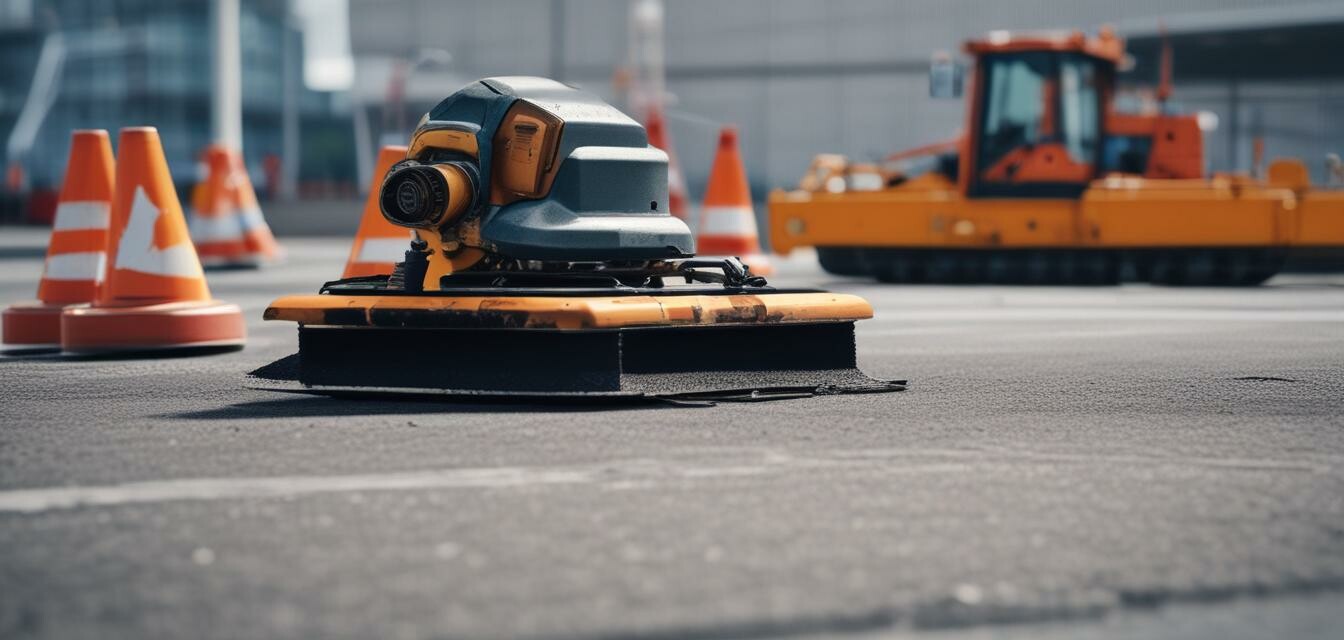
Advancements in asphalt safety technology
Key Takeaways
- Recent advancements have significantly improved worker safety in asphalt paving.
- Innovative technologies such as smart helmets and wearable sensors are being integrated into daily operations.
- Improved training and safety protocols are crucial for reducing accidents in the asphalt industry.
- Stay informed about the latest safety equipment to ensure compliance and protection on job sites.
The asphalt paving industry has made substantial strides in recent years to improve safety protocols and protect workers. This article discusses the latest safety technologies that are being utilized to enhance the working environment on asphalt projects. As we dig deeper into these advancements, we will explore their impact on day-to-day operations and how they contribute to overall worker safety.
Emerging trends in safety technology
Wearable safety devices
One of the most exciting developments in asphalt safety technology is the introduction of wearable safety devices. These devices include smart helmets equipped with sensors that monitor a variety of environmental conditions. Here’s a quick overview of some benefits:
| Wearable Device | Functionality | Benefits |
|---|---|---|
| Smart Helmets | Provide real-time data on environmental conditions | Enhanced situational awareness |
| Wearable Sensors | Track workers' movements and health metrics | Injury prevention through monitoring |
| Geolocation Devices | Trace worker locations | Ensure quick response in emergencies |
Advanced training tools
The use of virtual reality (VR) is set to redefine training protocols in the asphalt industry. Training programs powered by VR can simulate real-world scenarios allowing workers to prepare for hazardous situations safely. These advancements provide:
- Realistic training experiences that enhance learning.
- Immediate feedback during training exercises.
- Reduced costs associated with traditional training methods.
Improved safety protocols
Along with innovative technology, the asphalt industry is placing greater emphasis on improved safety protocols to protect the workforce. A few key practices include:
- Regular safety workshops to keep all workers informed of best practices.
- Mandatory use of personal protective equipment (PPE) at all times.
- Daily hazard assessments to identify potential risks before work begins.
Pros
- Enhanced worker safety and reduced accident rates.
- Increased awareness of safety protocols among workers.
- Improved compliance with industry standards and regulations.
Cons
- High initial costs involved in acquiring new safety technologies.
- Need for ongoing training to keep employees up-to-date.
- Potential integration challenges with existing systems.
The future of asphalt safety technology
Looking ahead, we can anticipate further advancements in safety technology aimed at enhancing worker protection on asphalt projects. Emerging AI technology could potentially monitor job sites and identify hazards, while advanced analytics could help in predictive maintenance of safety equipment. To stay updated with the latest trends, we recommend checking out the latest articles on [News and Trends in the asphalt industry](/blog/news-and-trends).
Recommendations for contractors and DIY enthusiasts
As a contractor or a DIY enthusiast in the asphalt paving landscape, staying informed about safety technologies and protocols is essential. Here are some tips on integrating these advancements into your operations:
Tips for integrating asphalt safety technology
- Conduct regular training sessions on the latest safety equipment.
- Invest in wearable devices to monitor the health and safety of your team.
- Update safety protocols regularly based on new technologies and regulations.
- Use online resources such as [Instructional Guides](/products/instructional-guides-and-resources) for best practices.
Conclusion
The advancements in safety technology for asphalt paving are promising. As more contractors and DIY enthusiasts adopt these technologies and practices, we can expect a significant reduction in accidents and a safer working environment. Keep an eye on this evolving landscape to ensure you're leveraging the best tools available for safe paving.

